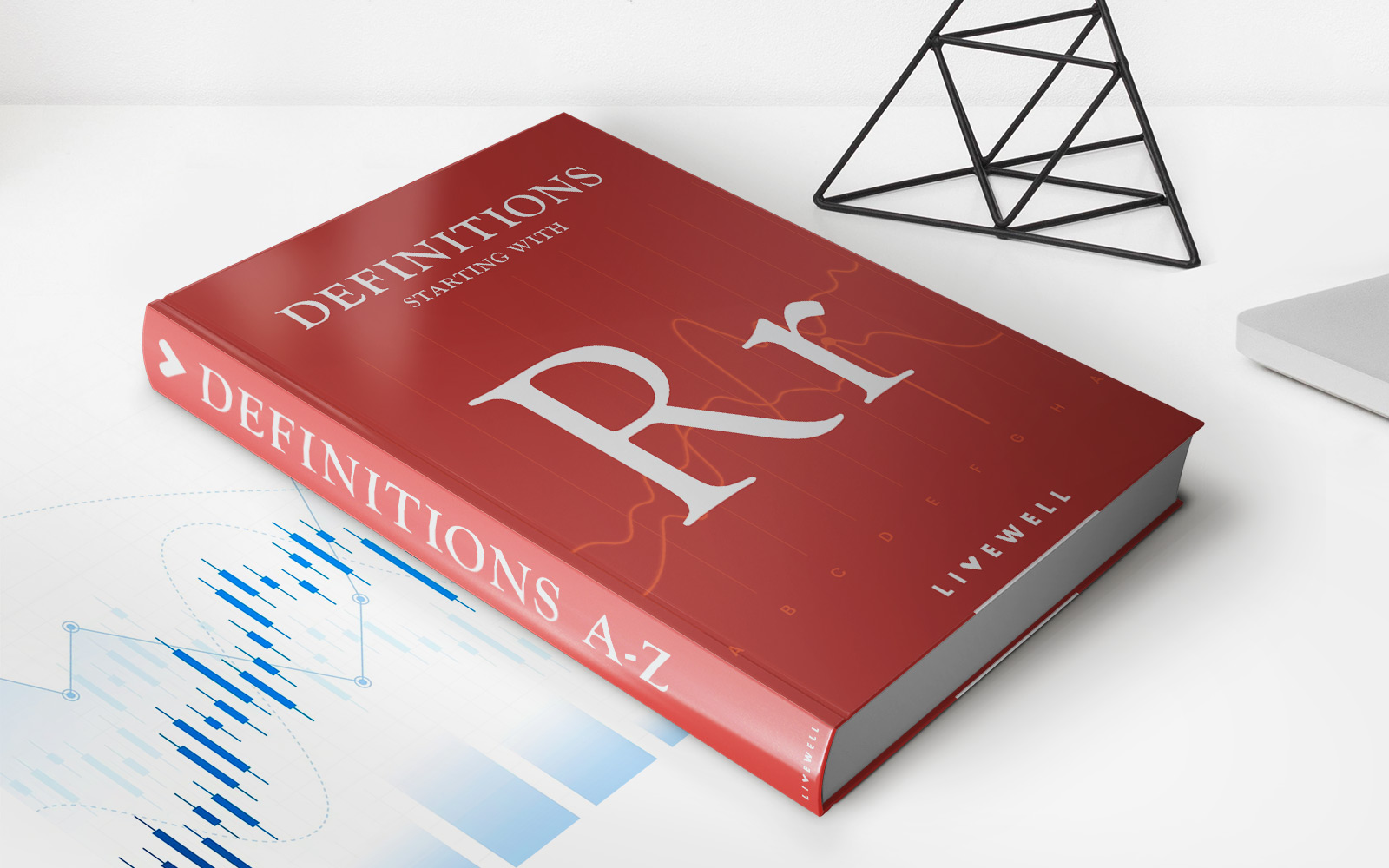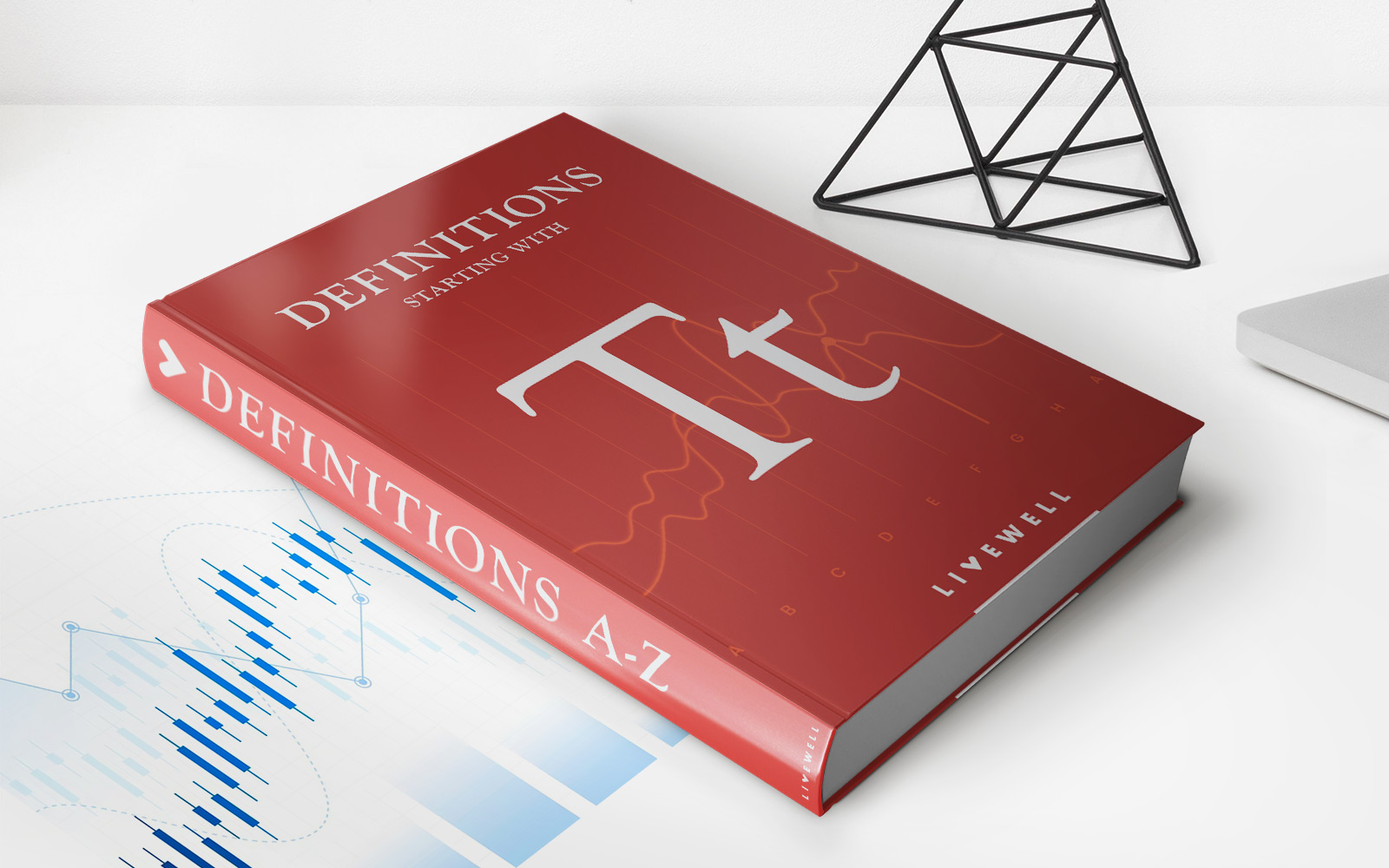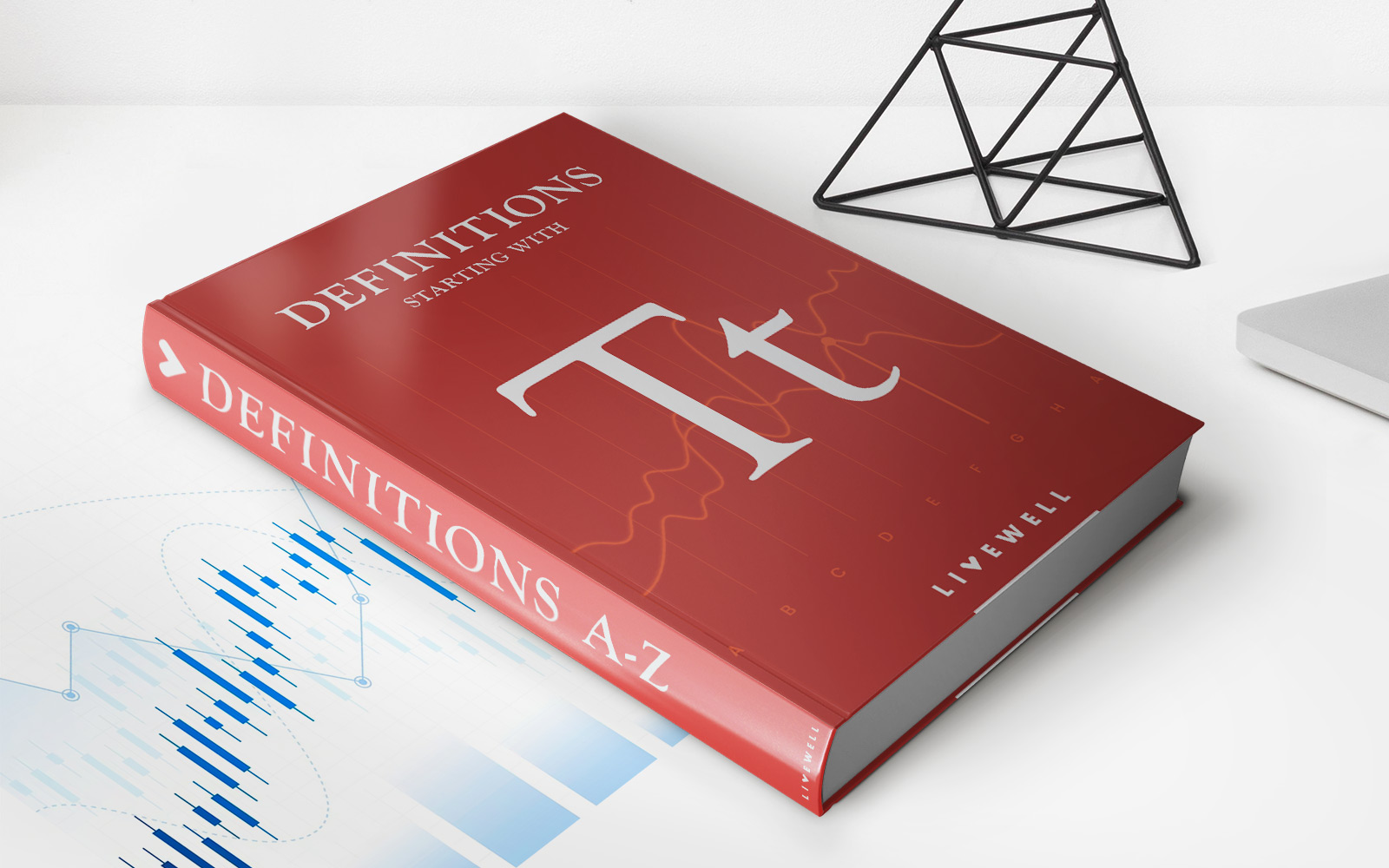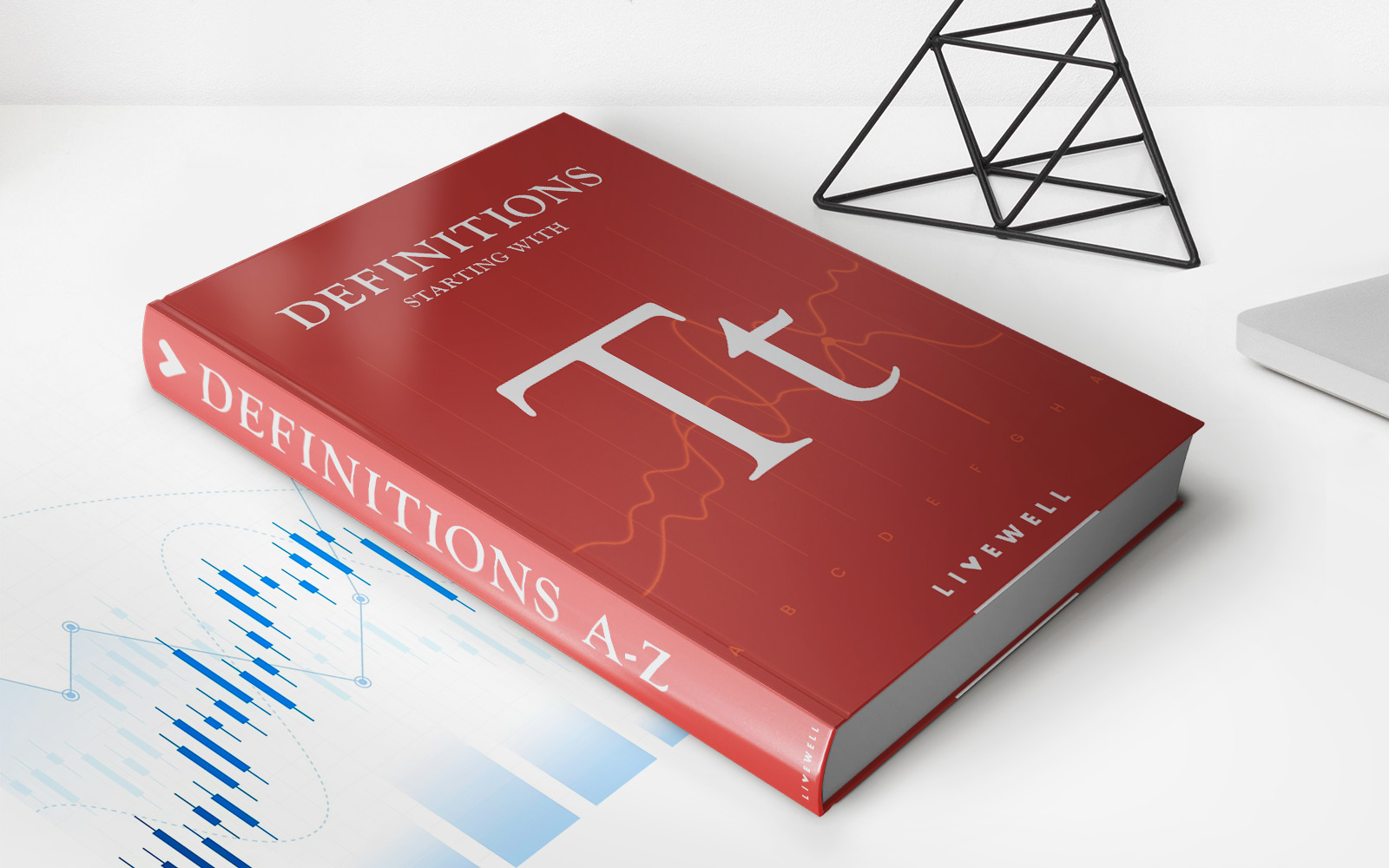Home>Finance>Related-Party Transaction: Definition, Examples, Disclosure Rules
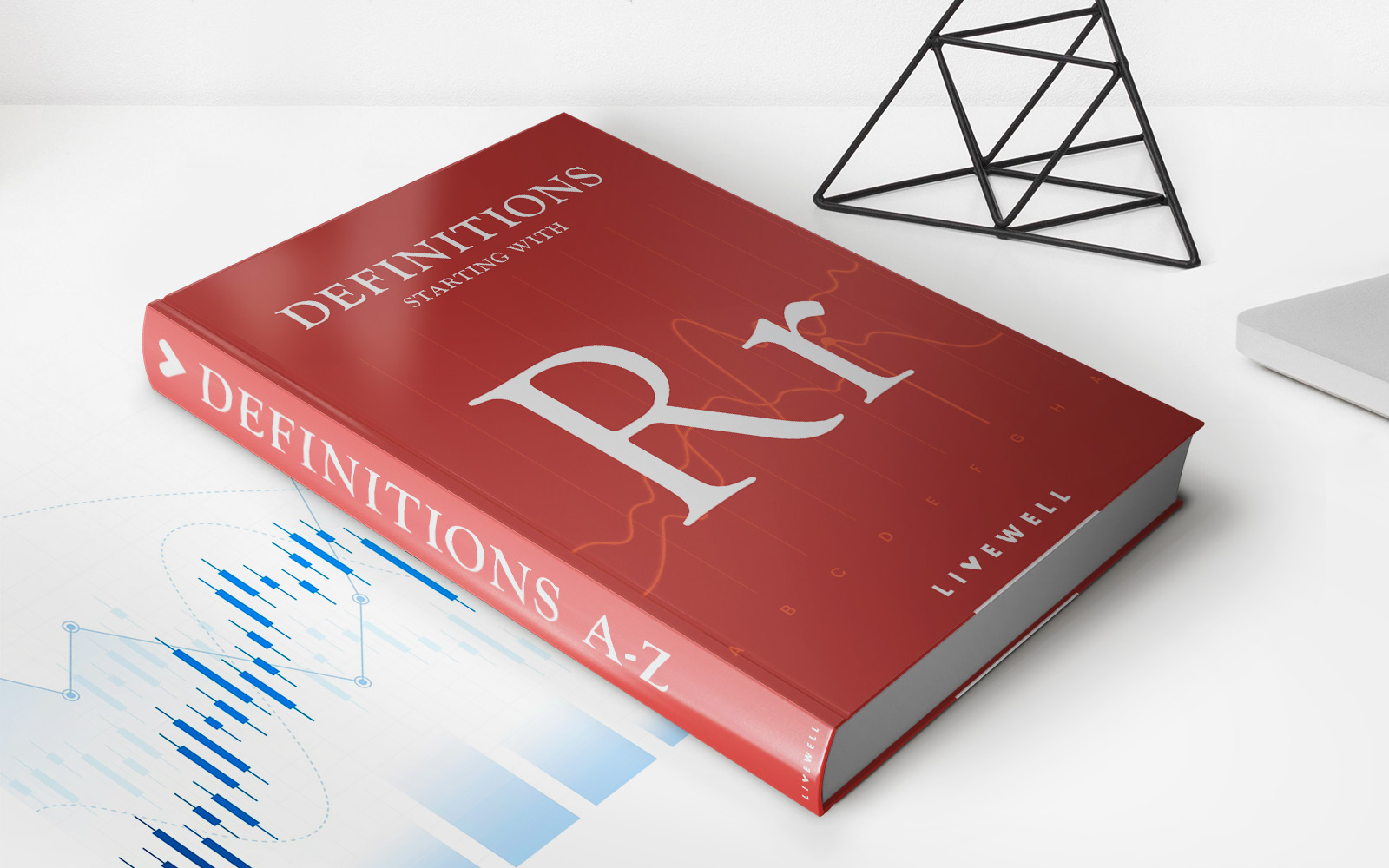

Finance
Related-Party Transaction: Definition, Examples, Disclosure Rules
Published: January 18, 2024
Discover the definition, examples, and disclosure rules of related-party transactions in finance. Ensure compliance and transparency.
(Many of the links in this article redirect to a specific reviewed product. Your purchase of these products through affiliate links helps to generate commission for LiveWell, at no extra cost. Learn more)
Understanding Related-Party Transactions in Finance
When it comes to managing finances, there are various terms and concepts that individuals should familiarize themselves with. One such concept is related-party transactions. In this blog post, we will explore the definition of related-party transactions, provide some examples, and explain the disclosure rules associated with them. So, let’s dive in!
Key Takeaways:
- Related-party transactions involve financial interactions between two parties who share a close relationship, such as family members, friends, or business associates.
- Disclosure rules mandate that companies provide transparent and detailed information about related-party transactions in their financial statements, ensuring that investors and stakeholders have all the necessary information to make informed decisions.
What are Related-Party Transactions?
Related-party transactions occur when two parties who have a close personal or business relationship engage in financial transactions with each other. These relationships can include family members, friends, business associates, or companies under common control. It is essential to note that related-party transactions can be both monetary and non-monetary in nature. These transactions pose unique risks and require specific disclosure rules to ensure transparency and prevent potential conflicts of interest.
Examples of Related-Party Transactions
Related-party transactions can take various forms, and here are some common examples:
- Loans or financial assistance provided between family members or friends.
- Sales or purchases of goods or services between companies that share common ownership.
- Renting or leasing of assets between related individuals or entities.
- Compensation arrangements between a company and its key management personnel or board members.
- Investments made by a company in entities owned or controlled by its management.
These are just a few illustrations of related-party transactions. It’s essential to recognize that any financial interaction between parties with a close relationship can fall under the umbrella of related-party transactions.
Disclosure Rules for Related-Party Transactions
Transparency and full disclosure are crucial when it comes to related-party transactions. To ensure proper reporting, accounting standards and regulatory bodies have established disclosure rules. These rules require companies to provide complete and accurate information about any related-party transactions in their financial statements. Some disclosure requirements include:
- Identification of the related party and their relationship to the company.
- Nature and purpose of the transaction.
- Amounts involved in the transaction.
- Terms and conditions of the transaction, including interest rates, repayment terms, or any other relevant details.
- Any potential impact on the financial statements or the company’s overall performance.
These disclosure rules aim to provide transparency, protect the interests of shareholders and stakeholders, and prevent potential conflicts of interest. By providing this information, companies enable investors and analysts to make informed decisions and evaluate the risks associated with related-party transactions.
Conclusion
Related-party transactions are an important aspect of financial management that requires careful consideration and disclosure. Understanding the definition, examples, and disclosure rules associated with related-party transactions is crucial for individuals, companies, and investors alike. By ensuring transparency and proper reporting, companies can maintain the trust and confidence of their stakeholders, leading to better decision-making and sustainable financial success.
